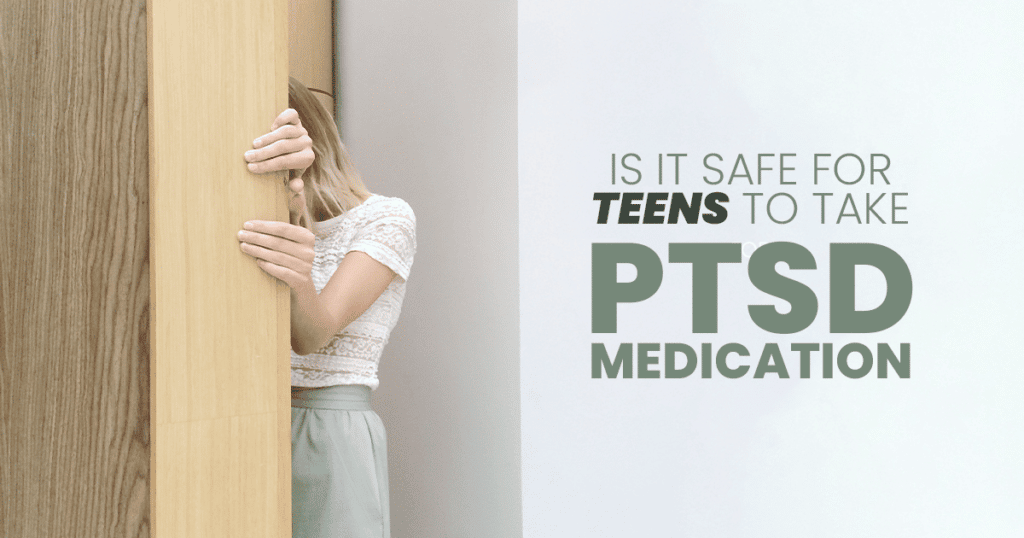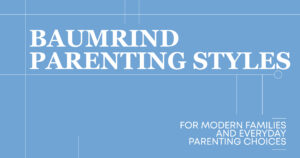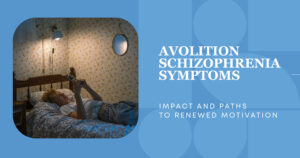Talk therapy (psychotherapy) remains the mainstay of treatment for teens with post-traumatic stress disorder (PTSD). Nonetheless, PTSD medication may be necessary if psychotherapy does not help or an individual has severe symptoms.
This article takes a closer look at the safety of PTSD medications in teens based on the latest scientific evidence.
A Quick Overview of PTSD in Children and Adolescents
We often associate PTSD with veterans, which is natural, as a war exposes them to horrible experiences. Studies show that 12% of Gulf War veterans have this anxiety disorder in a given year.
But did you know that PTSD can affect anyone, regardless of age or gender? According to the U.S. Department of Veterans, approximately 15 to 43% of girls and 14 to 43% of boys experience at least one traumatic event. Of them, 3 to 15% of girls and 1 to 6% of boys eventually develop PTSD.
In teens, the common causes include exposure to the following events:
- Sexual abuse or violence
- Physical abuse
- Disasters, such as fires, hurricanes, or floods
- Violent crimes
- Vehicle accidents
Are PTSD Medications Safe For Teens?
Limited evidence supports the use of PTSD medication in children and adolescents. Moreover, the US FDA has not approved any medicines for use in this population group. So, any use would be an off-label use. As such, safety and efficacy cannot be accurately established.
That said, a doctor may recommend a drug or a combination of psychotherapy and medication if an individual:
- Has a coexisting condition, such as drug addiction, depression, or other anxiety disorders
- Has unusual symptoms at the time of diagnosis
- Does not respond to talk therapy
Moreover, psychiatrists may use medications to relieve severe symptoms like insomnia (difficulty falling or staying asleep), agitation, or panic attacks.
Potential PTSD Medications and Their Safety
Antidepressants
These agents can help control anxiety, irritability, depression, and avoidance behavior associated with teen PTSD. Moreover, they may help improve social functioning.
Doctors commonly prescribe a drug called sertraline (Brand: Zoloft), which is an antidepressant of the selective serotonin reuptake inhibitors class (SSRIs).
If sertraline causes serious side effects, a doctor may switch to another SSRI called citalopram (Brand: Celexa) or fluoxetine (Brand: Prozac). Other classes of antidepressants are rarely used. Notably, the US FDA has approved fluoxetine for use in children (8 years or older) with depression.
Alpha agonists
These drugs can help relieve nightmares, sleep issues, irritability, and aggressive behavior. Two drugs of this class—guanfacine (Brand: Intuniv) and clonidine (Brand: Catapres)—are FDA-approved for treating ADHD in children.
Another alpha agonist, prazosin (Brand: Minipress), has shown promise in improving daytime functioning, reducing symptoms, and improving participation in psychotherapy.
Mood stabilizers
People often ask, “what is the best mood stabilizer for PTSD?” Though there is no definitive answer, experience shows that valproic acid and carbamazepine may effectively reduce severe emotional dysregulation.
Atypical antipsychotics
Doctors use the antipsychotics, such as risperidone and quetiapine, when other PTSD medications have failed. Risperidone and quetiapine may help control aggression and hyperarousal.
Psychotherapy for Teen PTSD
In almost all cases, treatment is necessary, and psychotherapy is the primary treatment regardless of symptom severity and cause.
Psychologists, psychiatrists, and mental health counselors often use the following therapies:
Trauma-focused cognitive-behavioral therapy (TF-CBT)
TF-CBT is short-term, goal-oriented talk therapy. It teaches the participants (and their parents) tools to overcome negative emotions and thoughts associated with a traumatic event. The entire program generally lasts 16 sessions.
The components of TF-CBT include:
- Psychoeducation and parenting skills
- Relaxation techniques
- Affective regulation, which enhances a person’s ability to respond to specific emotions
- Controlled exposure to painful memories
- Child-parent sessions
Prolonged exposure (PE) therapy
With this type of CBT, trauma survivors can learn skills to gradually face overwhelming memories and specific situations that they have been avoiding since the traumatic event. PE can help reduce PTSD symptoms and benefit those with co-occurring drug addiction.
Cognitive processing therapy (CPT)
CPT helps change how your brain processes trauma-associated emotions and feelings. The entire therapy is conducted over 12 sessions.
Eye movement desensitization and reprocessing therapy (EMDR)
This new type of CBT uses directed eye movements to shift your trauma-related thoughts to new ones. A therapist may use stimulation, such as finger or hand movement or musical tones to direct your eye movements.
Key Takeaways
- Talk therapy (psychotherapy) is the primary treatment for teens with PTSD.
- Some individuals may need PTSD medication with psychotherapy to address acute symptoms and co-occurring health issues.
- A doctor may prescribe an antidepressant, mood stabilizer, or antipsychotic based on their clinical experience and available evidence.
If you’re interested in learning more about PTSD treatments for teens in Southern California, contact Hillside Horizon for Teens at 855-746-8378.





